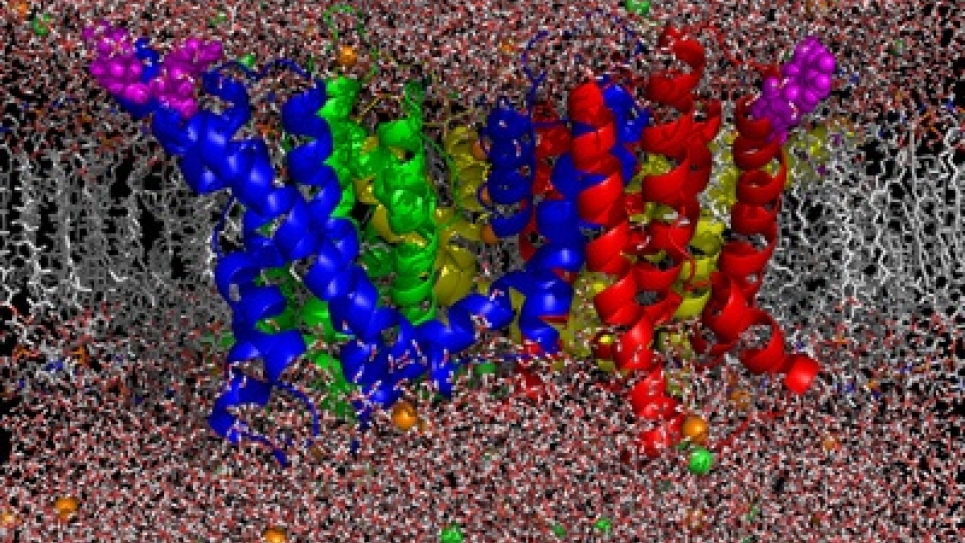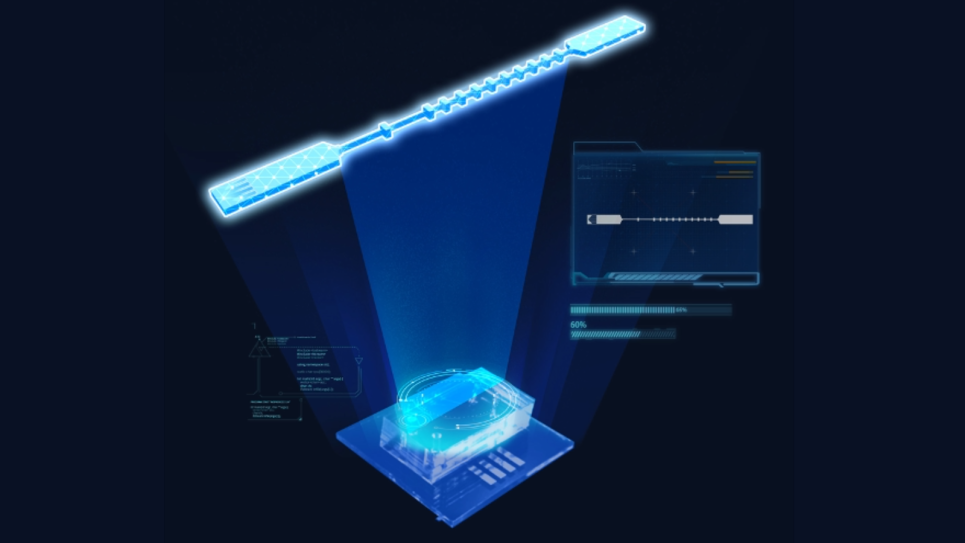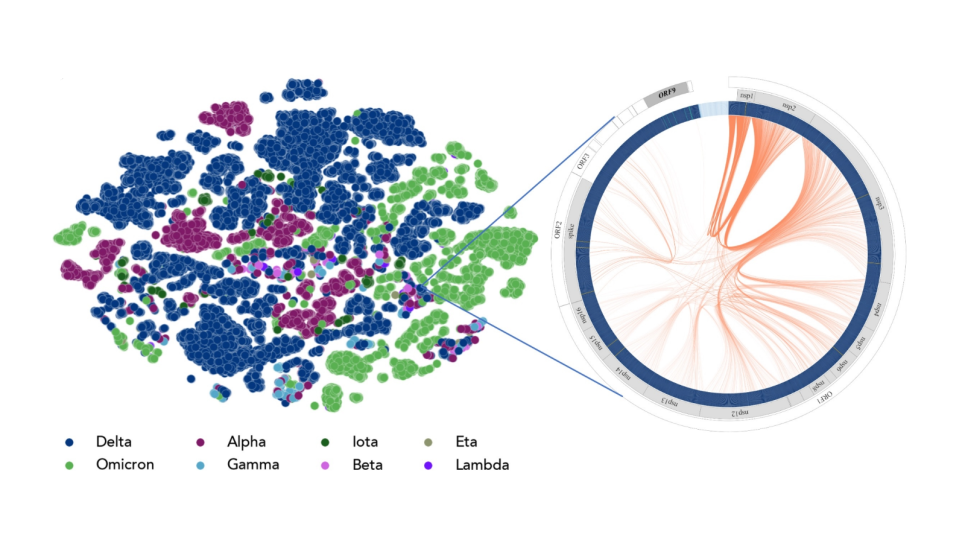
Breaking New Ground in Membrane Protein Research
Many biological processes are controlled by proteins in the cell membrane, ranging from production of biofuels to cleaning up toxic organic waste. Large-scale gating motions, occurring on a relatively slow time scale, are essential for the function of many important membrane proteins such as transporters and channels. Voltage-activated ion channels are literally electric switches that are turned “on” by a change in the cellular potential. Malfunction of those channels can lead to cardiac arrhythmia and neurological pathologies.
Researchers are modeling the molecular function of a voltage-gated potassium ion channel at leadership-class facilities at Argonne National Laboratory and Oak Ridge National Laboratory (ORNL). The long-term goal of this study is to understand how the membrane-associated molecular protein-machines are able to carry out their functions.
Approach
A research team from Argonne, The University of Chicago, the University of Illinois at Chicago, and the University of Wisconsin used high-performance computing to break new ground in understanding how these membrane proteins work. Exploiting state-of-the-art developments in molecular dynamics and protein modeling, the team constructed models of voltage-gated potassium channels and ran them on Argonne’s Blue Gene/P and ORNL’s CRAY XT leadership-class computers, using U.S. Department of Energy INCITE resources.
Results/Accomplishments
An important result of these simulations concerns the properties of the electric field responsible for the voltage activation. The calculations show that this electric field is indeed more intense than at other equivalent positions across the membrane far away from the protein. These results from simulations open up the possibility of better-designed therapeutic drugs, as well as the construction of artificial biomemetic nano-switches.
Future Efforts
The next challenge to be addressed will be the conformational pathway for the open and closed gating transition of the channel. Advanced and novel strategies will be essential in determining the reaction pathway and the interconversion rate by describing the transition process through a chain of states.


